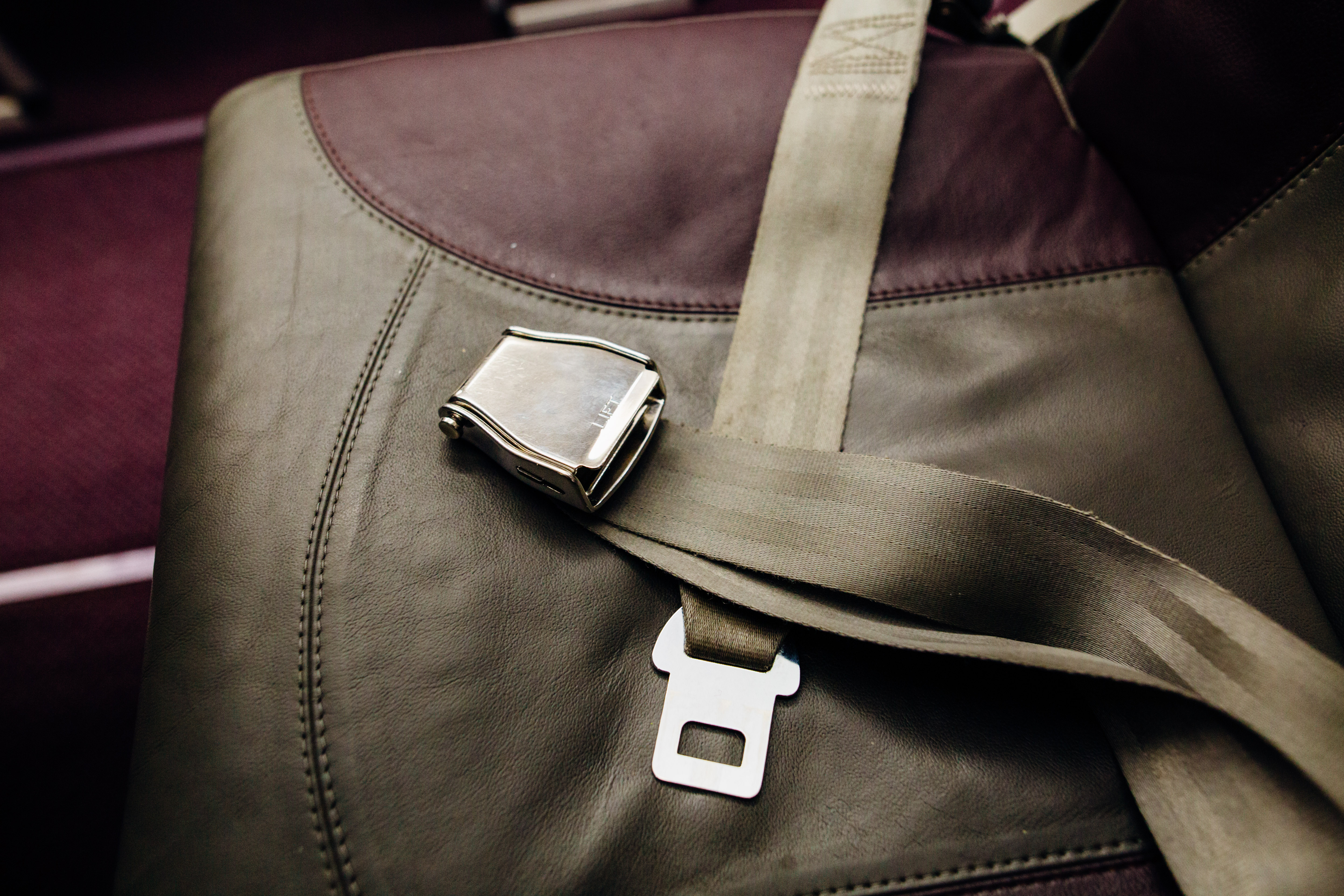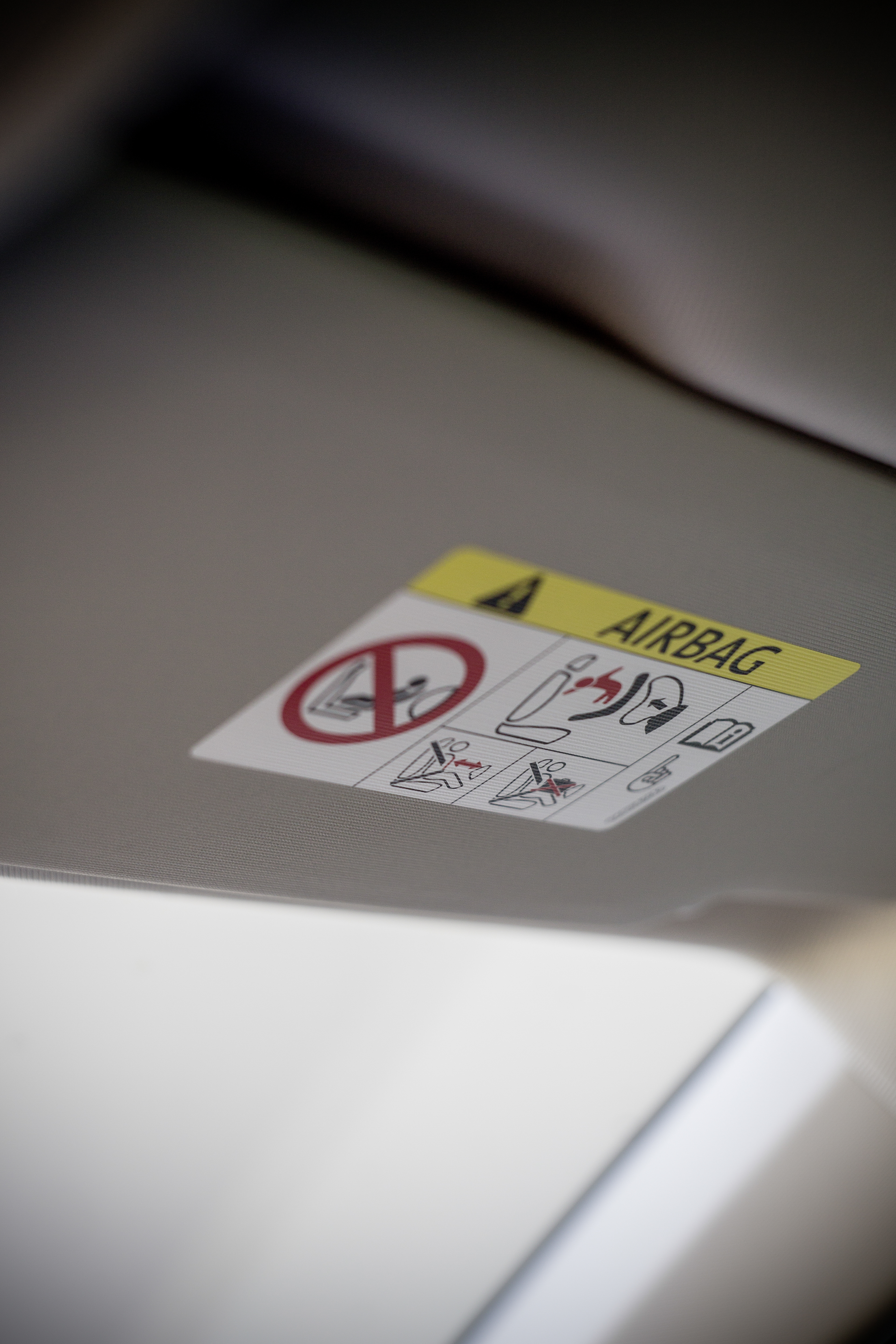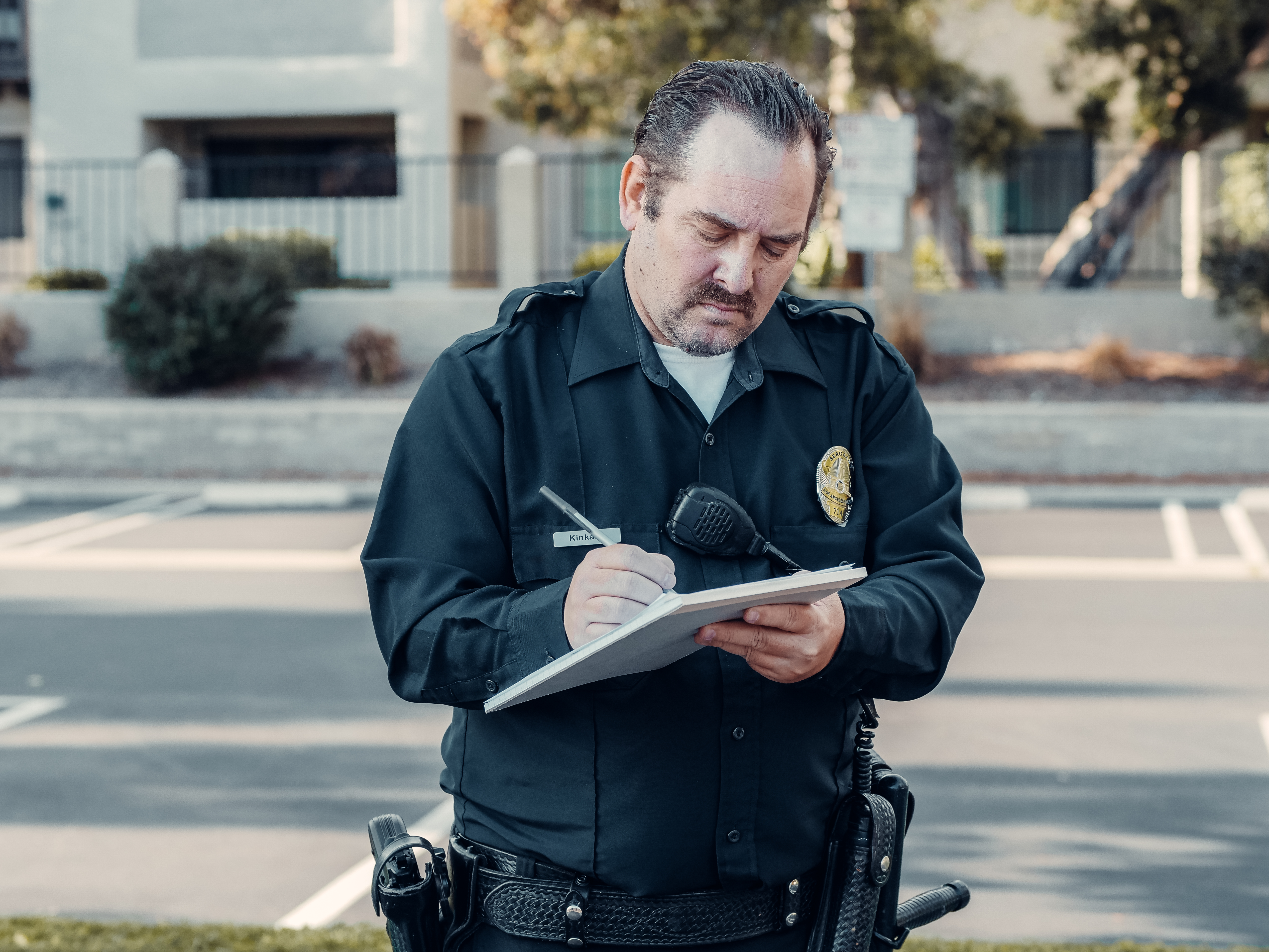Anyone who’s ever been in a car crash knows what a life-saving phrase that is. “Buckle up!” It sounds simple, but it’s the one universal phrase we all remember hearing when we were kids and it stuck with us. Because it’s so true: If you don’t wear your seatbelt, you might as well get out and walk home. Your chances of being seriously injured or killed in a car accident are much higher if you don’t wear safety belts. But what exactly does “buckling up” mean?
The Life-Saving Benefit Of Seatbelts
Seatbelts are an essential safety feature in any vehicle. They save lives. In fact, according to the National Highway Traffic Safety Administration (NHTSA), seatbelts saved nearly 15,000 lives in 2017 alone. That’s a staggering number. And yet, despite the overwhelming evidence that seatbelts can and do save lives, many people still refuse to wear them.

It’s not just the driver who needs to wear a seatbelt, either. Everyone in the car should be wearing one. This includes passengers in the front and back seats. Children should be buckled up in car seats or booster seats appropriate for their age and weight.
Wearing a seatbelt is the single most effective way to protect yourself in the event of a crash. It keeps you from being thrown from the vehicle, which is one of the leading causes of injury and death in car accidents. It also helps to distribute the force of the impact across your body, reducing the risk of serious injury.
How Seatbelts Keep You Alive
When you’re in a car crash, your body is subjected to incredible forces. Even a low-speed collision can cause serious injury or death. Seatbelts are designed to help keep you safe by reducing the risk of injury or death in the event of a crash.

The most obvious way that seatbelts keep you alive is by preventing you from being thrown from the vehicle. When you’re in a crash, your body wants to keep moving forward at the same speed as the vehicle. If you’re not wearing a seatbelt, your body will continue to move forward until it hits something - the steering wheel, dashboard, or windshield. This can result in serious head injuries, spinal cord injuries, or even death.
Seatbelts also help to distribute the force of the impact across your body. When you’re wearing a seatbelt, the force of the impact is spread across your chest, hips, and shoulders. This helps to prevent serious injuries to your internal organs, as well as reducing the risk of broken bones and other injuries.
What To Do If You’re In An Accident
Even if you’re wearing your seatbelt, you can still be injured in a car accident.

If you’re in a crash, the first thing you should do is check yourself for injuries. If you’re able to move, check on the other people in the car to see if they’re okay.
If anyone is injured, call for help immediately. If you’re not sure if someone is injured, it’s best to err on the side of caution and call for help anyway. It’s always better to be safe than sorry.
If you’re able to move, you should exit the vehicle as quickly as possible. If the car is on fire or you smell gas, get out of the car immediately. Otherwise, it’s best to wait for help to arrive.
How To Buckle A Child
It’s important to teach children about the importance of wearing seatbelts from a young age. Even if they’re too young to understand the science behind it, they should still be taught to wear their seatbelt every time they get into a car.

When buckling up a child, it’s important to use the appropriate car seat or booster seat for their age and weight. The American Academy of Pediatrics recommends that children should ride in a rear-facing car seat until they are at least 2 years old, or until they reach the highest weight or height allowed by the car seat manufacturer.
Once a child has outgrown their car seat, they should move on to a booster seat. Booster seats are designed to elevate children so that the seatbelt fits properly. It’s important to make sure that the lap belt fits snugly across the child’s hips, and that the shoulder belt crosses the chest and shoulder, not the neck or face.
Be Careful With Air Bags
Airbags are another important safety feature in modern vehicles. They’re designed to inflate rapidly in the event of a crash, providing cushioning for the driver and passengers.

But airbags can also be dangerous if they’re not used properly.
Always make sure that you’re sitting at least 10 inches away from the steering wheel. This will help to prevent serious injuries if the airbag inflates. And make sure that your passengers are sitting at a safe distance from the airbag as well.
If you have a child riding in the front seat, make sure that they’re sitting as far back as possible and that the seat is pushed all the way back. And never put a rear-facing car seat in the front seat of a car with a passenger-side airbag.
Conclusion
In conclusion, wearing a seatbelt is one of the most important things you can do to stay safe on the road. It’s a simple action that can save your life. So always remember to buckle up, and make sure that everyone in your car is buckled up too.
And if you’re ever in a car accident, remember to stay calm, check for injuries, and call for help if needed. Stay safe on the road!
"Click It or Ticket" campaign by the U.S. Department of Transportation is saving lives. Are you ready to make a difference?
Many lives are lost on our roads each year because people don't wear seatbelts. We believe that everyone deserves the safety of reaching their destination safely, so we're reminding you to buckle up.
 Add Row
Add Row  Add
Add 




Write A Comment